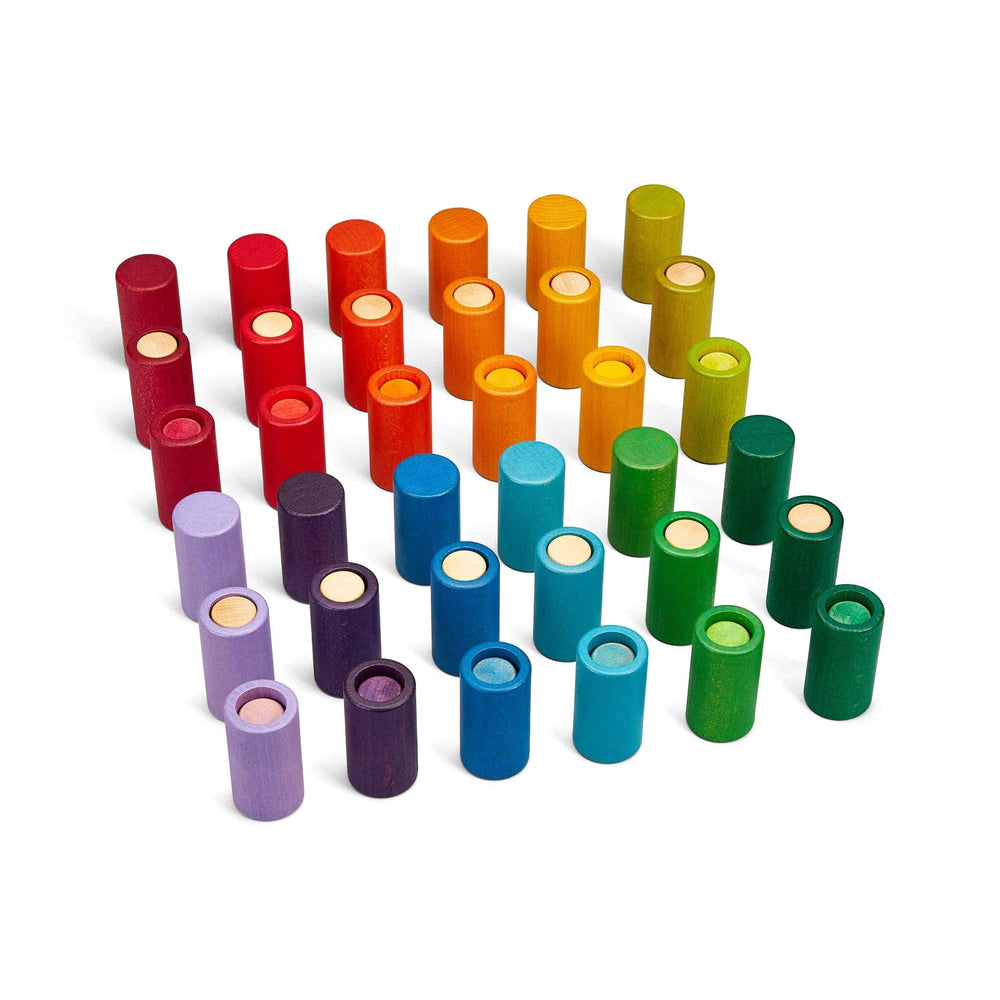Getting Started with Sustainability in 2023
Spring is a great time to take a look at our lifestyle and ask if we are doing enough to protect the environment. Living more sustainably means taking care of our planet to conserve resources so that future generations have access to them. This means reducing our reliance on non-renewable sources of energy, such as fossil fuels, and using renewable sources like wind or solar power instead. It also means minimising waste and recycling what we can't use or reusing it in creative ways.
Life is busy but there are plenty of easy and affordable changes we can make that will easily fit into our lives.
Eco-friendly personal hygiene and beauty products
Eco-friendly hygiene and beauty products are becoming increasingly popular due to their non-toxic ingredients and biodegradable packaging. They're a great way to reduce our environmental impact.
Whether you're looking for shampoo, conditioner, body wash or skin
care products – there's something available for everyone. Not only are these items better for the environment than traditional chemical-laden cosmetics, but they're often made with natural and organic ingredients which can be beneficial for our health too!
Bamboo Toothbrushes – Wooden toothbrush handles have been around for years but bamboo is even better! Opting for bamboo toothbrushes is great for the environment as it's a naturally renewable resource.
Organic Cotton Rounds – Organic cotton rounds are an ideal replacement for disposable makeup removal pads. They’re easy to wash and reuse, plus there’s no need to worry about harsh chemicals or synthetic fibres irritating your skin.
Natural Deodorant – Natural deodorant avoids the use of harsh aluminium-based compounds found in regular antiperspirants.

Be water wise
A rainwater tank or water butt can be the perfect way to become more sustainable and save water. When you have a tank at home, you'll be able to harvest rainwater, to reuse in the garden. They come in various sizes and shapes, so you can find one that fits your property perfectly.
When it comes to being waterwise, every drop counts. By harvesting rainwater with your own personal tank, you're preventing excess runoff from going down the drain and helping your community conserve its valuable resources. Plus, if there's ever an unexpected dry spell or hose pipe, you'll be prepared!
Smallkind says "There are lots of little ways we can save water around the home and you can even get little ones involved too. Here's a few water saving ideas."

Sustainable food shopping
Shopping more sustainably can be a great way to reduce the environmental impact of your food shop. Here are some tips and tricks for more sustainable food shopping:
1. Take reusable bags with you when you go shopping – this is an easy way to avoid using paper or plastic bags, which have a large environmental footprint.
2. Look for certified organic produce – this ensures the food has been produced without the use of synthetic chemicals, which can be harmful to the environment.
3. Avoid pre-packaged items – these often have multiple layers of packaging, so avoiding them will help reduce waste. If loose isn't an option go for bulk packs which reduce packaging waste and are often cheaper.
4. Shop at farmer’s markets or local grocers whenever possible – purchasing locally grown foods reduces emissions associated with transport and helps support local farmers.
Smallkind Says "If your budget doesn't stretch to organic produce then have a go at growing your own at home. A couple of grow bags and some seeds is all you need for easy-to-grow veggies like tomatoes, beans and courgettes. It's also lots of fun for little ones and helps teach them where food comes from."

Slow fashion
Slow fashion is an important part of sustainable living. It's a way of living and consuming that encourages us to take more time when selecting our clothing, accessories and other goods. Slow fashion emphasises quality over quantity, and it challenges the fast-paced consumer culture that dominates the apparel industry today.
When shopping for clothes or any other items sustainably, the key is to invest in pieces that will last for years rather than months. The idea behind slow fashion is to buy fewer high-quality items that you truly love and cherish, rather than buying large quantities of cheaply made goods. Quality materials like wool, silk, cotton, linen and hemp all make great investments because they can often be worn for many years before needing repairs or replacements.
Charity shops are a great way to practice slow fashion. Not only do they help the environment by cutting down on new factory-made goods, but they also give shoppers the opportunity to find unique and interesting clothing items that nobody else will have. When it comes to charity shopping, less is often more. Shopping ethically means you should take time to carefully inspect each item before making your purchase – this is key when looking for vintage or second-hand pieces that may need minor repairs or touch ups before wearing.

Smallkind says "Preloved sites like Vinted and Depop are great for kidswear, especially Organic brands that have a good resale value. You'll also find lots of preloved selling groups on social media. If there's a clothing brand you love there's probably a preloved group where you'll find second hand bargains. If not set one up!"
This is a great time of year to start making changes, with lighter evenings and warmer weather ahead you might just have a little more motivation to get going. You'll find all our favourite easy eco swaps here.
What will your first challenge be?
If you need any help follow Smallkind on Social Media or join our Facebook group.
Blog post written for Smallkind by Rosie Buckley










Leave a comment